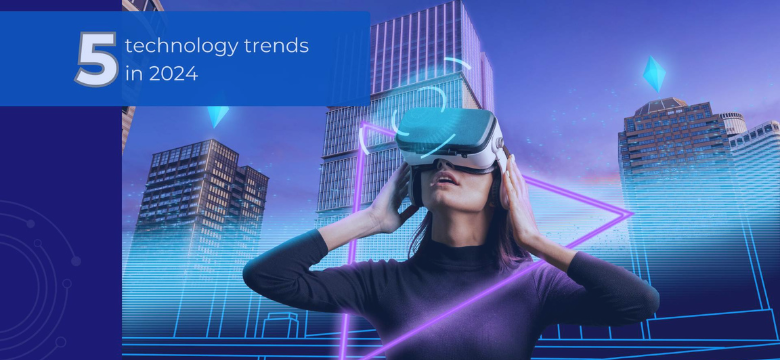







ITC Group - Listen to the article:
An overview of Sustainable Technology
/
00:00
The contemporary era is witnessing an explosive growth of technology and industry. However, this has led to a severe consequence: environmental degradation. We are constantly bombarded with news about deforestation, the depletion of natural resources, pollution, the emergence of technological waste, and the decline in air and water quality.
According to numerous government projections, if we fail to take action to protect the environment, humans could face significant health risks and even render their current habitat uninhabitable.
Therefore, we urgently need to find solutions to start tackling these colossal challenges. In recent years, applying technology to environmental protection has gained significant traction, giving rise to an entirely new field: Sustainable Technology. It is considered one of the most crucial technological trends in 2024.
Sustainable technology encompasses many innovations that prioritize ecological well-being and responsible resource utilization while promoting economic and social progress. Its core objective is to minimize environmental and ecological risks by developing and implementing cutting-edge solutions.
Key Principles of Sustainable Technology:
Examples of Sustainable Technologies:
Technology’s Crucial Role in Sustainability: Informing and Enabling Decarbonization Efforts
While individual choices and agency are crucial to achieving sustainability, the role of technology cannot be overstated. Advancements in technology inform and facilitate decarbonization and sustainability initiatives, making them more effective and widespread.
Fossil fuels have long powered our world, but their dependence comes at a heavy cost. Burning fossil fuels releases greenhouse gasses, driving climate change. Renewable energy sources like solar, wind, and hydropower offer a clean and sustainable alternative, providing energy without releasing harmful emissions. Technology plays a crucial role in developing and implementing renewable energy solutions, making them increasingly efficient and affordable.
Traditional agricultural practices have significantly impacted the environment. The use of fertilizers, pesticides, and excessive irrigation leads to soil erosion, water pollution, and resource depletion. Technology is key to enabling sustainable agriculture practices, such as:
Precision Farming: Utilizing sensors, GPS, and data analysis, precision farming optimizes crop yields while minimizing resource inputs like water and fertilizers.
Genetically Modified Crops: These crops are engineered to resist pests and diseases, requiring fewer pesticides and offering higher yields with less land and resources.
The transportation sector is a major contributor to greenhouse gas emissions and air pollution.
Develop Electric Vehicles: These clean alternatives to traditional gasoline-powered vehicles significantly reduce emissions and improve air quality.
Enhance Public Transportation: Advancements in technology can optimize public transportation systems, making them more efficient, accessible, and attractive for people, encouraging them to choose sustainable transportation options.
Technology plays a pivotal role in driving sustainability efforts, providing solutions to environmental challenges, and enabling a more sustainable future. By promoting renewable energy, transforming agriculture, and revolutionizing transportation through technological advancements, we can create a healthier planet for generations to come.
Stay ahead in a rapidly changing world with our monthly look at the critical challenges confronting businesses on a global scale, sent straight to your inbox.